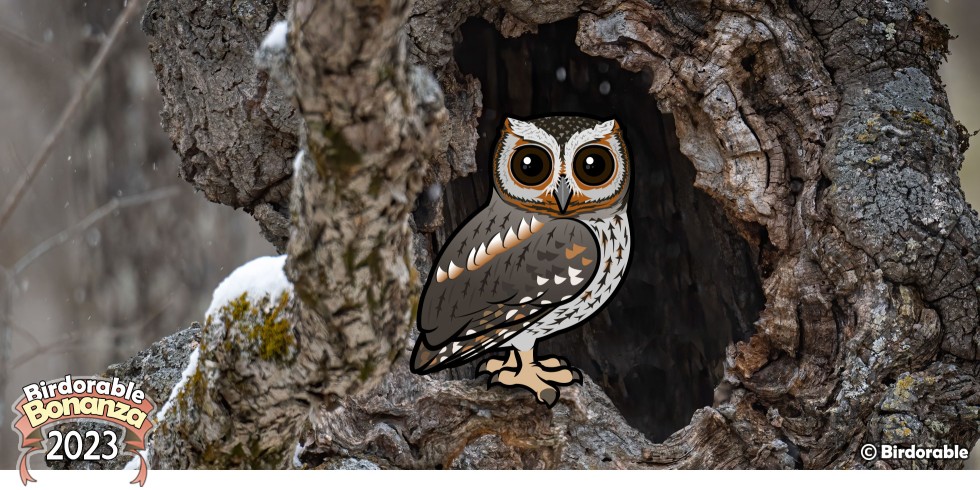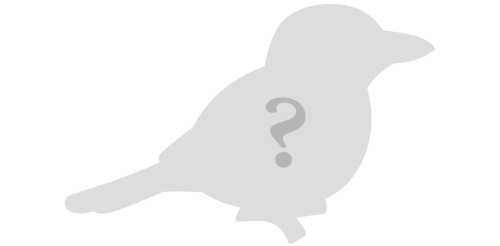2023 Bonanza Bird #1
Exploring the World of the Flammulated Owl with Birdorable

Welcome to our 2023 Birdorable Bonanza! For the next 10 days we'll reveal a new cute bird that will join our big Birdorable flock! Today the Flammulated Owl kicks off our celebration.
The tiny Flammulated Owl, with its unique flame-like markings, might just be one of the forest's best-kept secrets!
The Flammulated Owl gets its intriguing name from its reddish-brown feathers that have flame-like patterns. This special coloring makes them experts at camouflage, blending seamlessly into the bark of pine trees. Living in the dense forest, these owls are like little guardians who watch over the trees under the cloak of night.
As night falls, these small yet mighty birds become active. Their big, round eyes are perfect for their nocturnal lifestyle. Just like a superhero with night vision, these owls can spot their prey in the dark with incredible accuracy. And what’s on their menu? Insects! Moths, beetles, and crickets are their favorites. With their silent flight, they swoop down and catch these insects mid-air, keeping the forest ecosystem balanced.
But don’t let their size fool you. Measuring only about the size of a soda can, Flammulated Owls may be small, but they play a vital role in their habitat. They're not just skilled hunters but also crucial for controlling insect populations, which is essential for a healthy forest. One of their favorite foods is butterflies; moths are also favored.
Find Birdorable Flammulated Owl apparel and gift items on Amazon:
Cute Flammulated Owl gifts
Guess tomorrow's bird ...
Get ready to meet our feathered mystery for tomorrow! This South African beauty is a visual delight with its vibrant plumage. Its unique name is derived from its distinctive call, which resonates through its habitat, which includes fynbos and scrubby vegetation. Can you guess what bird it might be?














Comments
Leave a comment
Thank you!